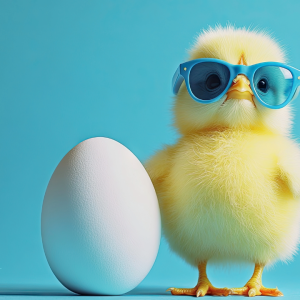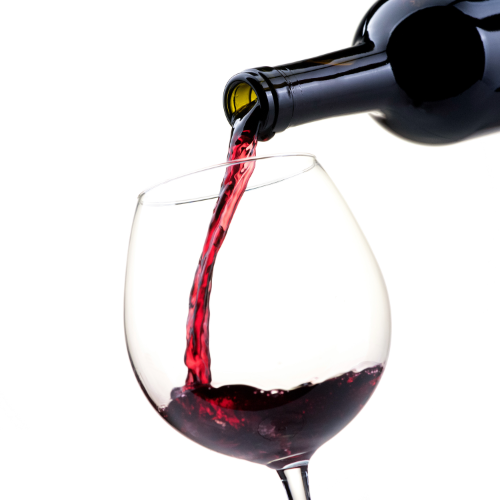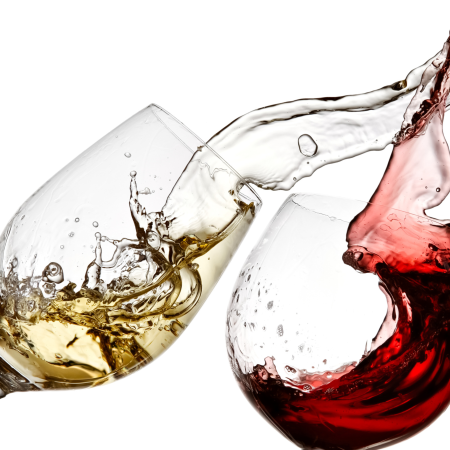The Alluring Odyssey of Wine: A Voyage through Its Origins and Storage
In vino veritas, the ancient Romans once declared, extolling the virtues of wine and the truths it unveils. Wine, an exquisite elixir that has captivated our palates and hearts for millennia, has a rich and fascinating history that transcends time and borders. Embark on an alluring odyssey as we trace the origins of wine, unveiling the secrets of its storage that have been perfected across generations.
I. The Fertile Cradle of Viticulture
The origins of winemaking can be traced back more than 8,000 years to the fertile crescent of the Middle East, where the wild Vitis vinifera grapevines thrived. Ancient civilizations in present-day Georgia, Armenia, and Iran began the practice of cultivating grapes and fermenting their juice, giving birth to the ambrosial beverage we cherish today. As the knowledge of viticulture and vinification spread across the Mediterranean, the Greeks and Romans elevated winemaking to an art form, celebrating its cultural significance in their mythology, literature, and everyday life.
II. Age of Exploration and Expansion
As the wine trade expanded throughout Europe, the craft of winemaking underwent a transformative journey. The monasteries of medieval Europe, particularly those in France and Germany, played an instrumental role in refining the techniques of grape cultivation and vinification. The monks meticulously documented their findings, cultivating a vast repository of wine knowledge that laid the groundwork for modern viticulture. The Age of Exploration further contributed to the dissemination of grape varieties and winemaking techniques, with New World regions such as South Africa, Australia, and the Americas cultivating their unique wine cultures.
III. The Art of Storing Wine: A Symphony of Senses
Wine, a living and breathing entity, evolves with time. Proper storage conditions are essential to preserving its integrity and guiding its maturation, allowing it to reach its full potential. The following elements play a pivotal role in the art of wine storage:
-
Temperature: A consistent temperature between 50-60°F (10-16°C) is ideal for wine storage. Temperatures above this range can hasten the aging process, while lower temperatures can slow it down. Fluctuations in temperature can also damage the wine, causing it to expand and contract within the bottle.
-
Humidity: Relative humidity between 60-70% is optimal for wine storage. High humidity prevents the cork from drying out and maintains a tight seal, while low humidity can cause the cork to shrink, allowing air to enter the bottle and oxidize the wine.
-
Darkness: Wine should be stored in a dark environment, as prolonged exposure to light, particularly ultraviolet light, can degrade its quality. This is why wine bottles are often tinted or made of dark-colored glass.
-
Vibration: Minimizing vibrations is crucial to wine storage, as they can disturb the sediment and disrupt the aging process. Wine should be stored in a stable, vibration-free environment.
-
Positioning: Wine bottles should be stored horizontally, allowing the wine to maintain contact with the cork. This keeps the cork moist and prevents it from drying out, maintaining a proper seal.
IV. The Timeless Beauty of Wine Cellars
Wine cellars, the ultimate sanctuary for wine storage, have been used for centuries to provide the ideal conditions for preserving and aging wine. From the earthen caves of ancient civilizations to the subterranean chambers of medieval monasteries and the modern, climate-controlled wine cellars of today, these spaces embody the timeless beauty and mystique of wine. They are a testament to our enduring fascination with this
nectar of the gods, a living symbol of our shared human heritage.
V. The Wisdom of the Wine Cellar Master
The cellar master, or maître de chai, holds the key to unlocking the full potential of a wine. With an intimate understanding of the complexities and subtleties of each vintage, the cellar master meticulously tends to the wine, ensuring that every bottle achieves its pinnacle of quality. The wisdom of the cellar master is honed through years of experience, a deep appreciation for the art of winemaking, and an unwavering commitment to excellence.
VI. The Evolution of Wine Storage Technology
As our understanding of wine storage has grown, so too has our ability to create innovative solutions that cater to a wide range of needs. Today, wine storage options extend beyond traditional wine cellars, offering a variety of climate-controlled wine cabinets, wine coolers, and even wine storage lockers. These modern storage solutions provide optimal conditions for preserving wine, while also accommodating the needs of urban dwellers and those with limited space.
VII. The Future of Wine Storage: A Marriage of Tradition and Innovation
As we look to the future, the evolution of wine storage will continue to be shaped by a marriage of tradition and innovation. New technologies and materials will undoubtedly enhance our ability to preserve and age wine, while our enduring reverence for the craft of winemaking and our shared cultural heritage will ensure that the timeless beauty and mystique of wine remain at the heart of our endeavors.
VIII. Conclusion: The Enduring Legacy of Wine
The alluring odyssey of wine is an enchanting tale of passion, perseverance, and human ingenuity. From its humble origins in the fertile crescent to its global expansion and the ever-evolving art of storage, wine has captivated our senses and enriched our lives for thousands of years. As we continue to explore the vast and diverse world of wine, let us raise a glass to the enduring legacy of this most cherished elixir, and to the countless generations of winemakers and connoisseurs who have devoted their lives to its pursuit. Salud!








